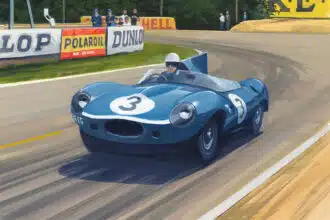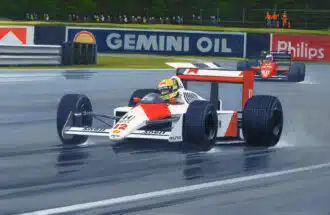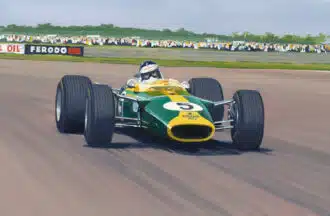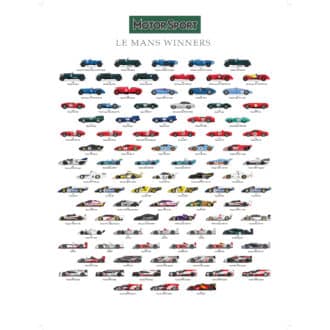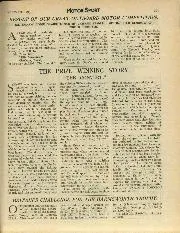
BRITAINS CHALLENG
BRITAIN'S CHALLENGE FOR THE HARMS WORTH TROPHY. ON September 2nd the thoughts of all motor-boat enthusiasts will be of the Harmsworth Trophy race at Detroit, U.S.A. This year's race will…
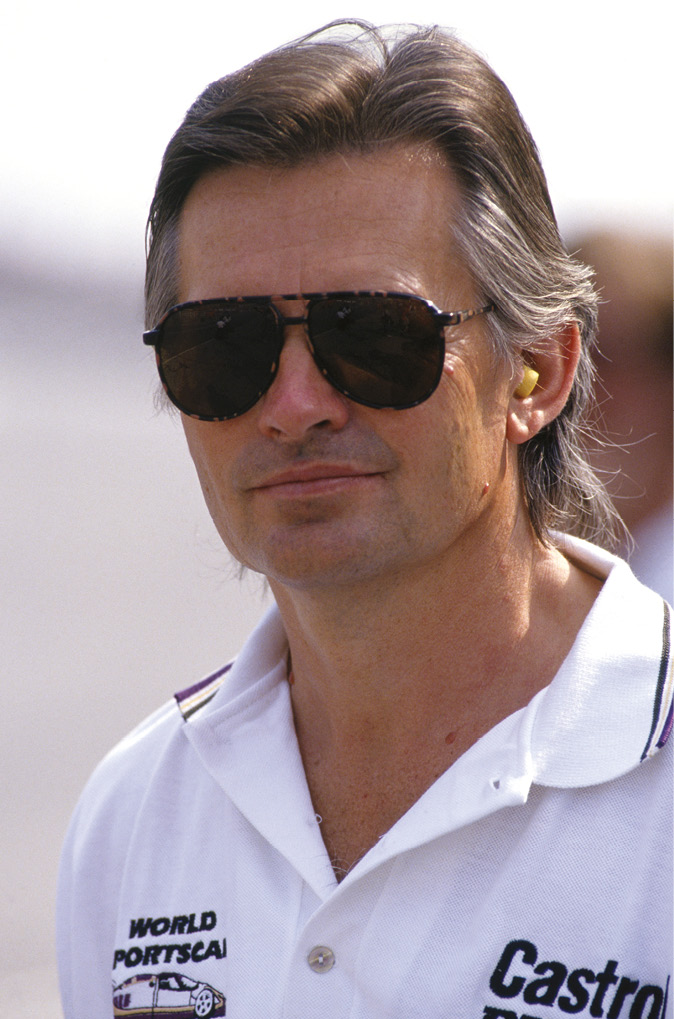
Designer Tony Southgate reveals some of the engineering that helped to make the Jaguar XJR-12 great
These cars are heavy – nearly 900kilos – and they go monumentally quick, so you had two fundamental problems. First, the structure to carry everything had to be very, very stiff, and on top of that it had to be safe, because places like Le Mans had the drivers exceeding 200mph four times a lap. It was so stiff that we couldn’t torsion test it. Each monocoque cost £50,000, compared with £10,000 for aluminium, and the tooling to cure the material was bloody expensive. The safety of the structure was proved after Win Percy’s huge 200mph crash on the Mulsanne. He wrote me a very nice letter after that, thanking me for making such a strong car. It had literally saved his life.
Tom Walkinshaw said I could do anything I like, so long as the car used Jaguar’s V12. That was a challenge, because it was an enormous thing. Allan Scott and I had to get it lowered down. It was powerful and reliable, eventually reaching 740bhp. I had to push the engine as far forward as possible, literally almost touching the driver. I created a recess in the monocoque. That helped get the weight toward the centre.
The biggest breakthrough in aero by far was the rear wing. All the German cars had long, dramatic-looking tails for Le Mans. I chopped away at ours over time, and found I could cut it right off and start the rear wing directly behind where the tail finished, very low. It interacted as though it were part of the tail, extracting the air from the Venturi tunnels underneath the car more efficiently.
The Porsche 962s dominated. They were quick and reliable. I looked at the car closely to find any weak links. It was obvious it was flimsy under the bodywork, and the aerodynamics weren’t all that, because of the flat engine layout that Porsche was wedded to. I even tested models of the 962 in the wind tunnel. So I created the huge Venturi tunnels, which the narrow base of the V12 allows you to do, added an extra wing to the nose and introduced the short tail. I had calculated how much drag we could run at and still achieve 240mph at Le Mans. We had 50 per cent more downforce than the Porsches, and before the 1988 Le Mans, we took all five cars to MIRA to check they could achieve 240mph.
Porsche had a race-designed engine and gearbox. We had an off-the-shelf gearbox, and it was about 50 per cent reliable – if you were lucky. It was easy for the drivers to make bad gearchanges, knock the corners off the dogrings. In 1988, at Le Mans, Jan Lammers’ car ended up doing the last hour in fourth gear. We made it by the skin of our teeth.

